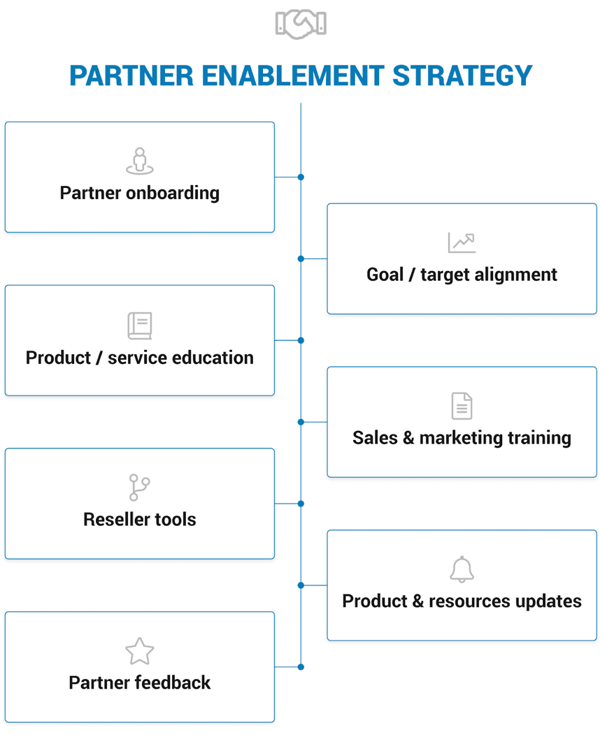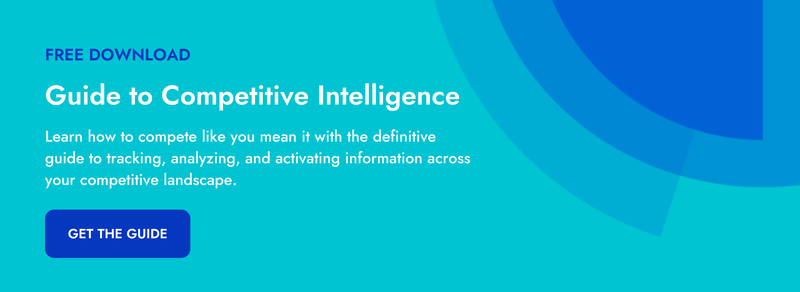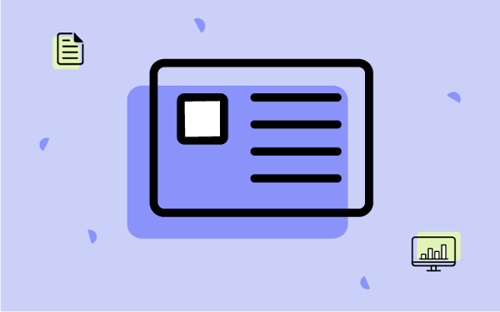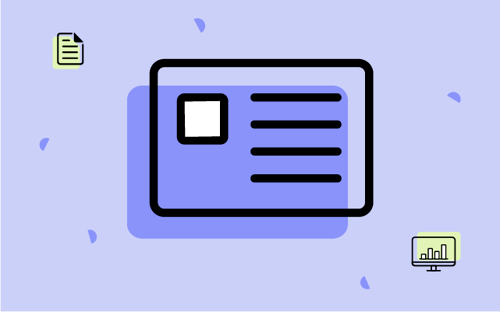Competitive intelligence (CI) is a function that serves many different parts of an organization. Marketing leverages CI for campaigns and messaging, sales enablement uses it to inform sales reps of competitor movements, product teams use it to inform their roadmaps, and the c-suite uses it to understand their place in the overall market. But one thing that is often overlooked is leveraging competitive intelligence to enable channel partners—also known as technology resellers or distributors.
Channel partners are a great way to exponentially increase the size of your sales force and expand your reach rapidly. However, channel partners are responsible for selling a lot of technologies—not just yours. Oftentimes, these technologies will either directly or indirectly compete with your solution.
So how do you ensure that your channel partners are leveraging the most up-to-date competitive intelligence? Where does competitive intelligence fit into an overall partner enablement strategy?
Let’s dive in and see how competitive intelligence can be a major boost to your partner enablement program.
What is Partner Enablement?
Before we dive into how CI fits into partner enablement, let’s throw out a quick-and-dirty definition of channel partner enablement: Partner enablement is the process of supporting your channel partners with the required training and resources they need to successfully sell your software and maximize revenue. The responsibility of partner enablement can fall into various departments, but typically you see partner enablement fall to Business Development or potentially within Marketing.
There’s a whole lot of resources out there on partner enablement strategies, but if we want to visualize what a partner enablement strategy looks like at a high level, the most helpful and straightforward one comes from LearnUpon.

These pillars are essential to any partner enablement strategy, and integrating competitive intelligence into some (or all) of these areas will equip your channel partners to sell your solution more effectively and generate revenue.
Here is a quick description of each step:
- Partner onboarding: The very first step of partner enablement. Onboarding is the process of welcoming your partners and introducing them to your team members. You should onboard to get partners excited about selling your solution.
- Goal/target alignment: Lay out clear targets/goals for your partners.
- Product/service education: Ensure your partners know everything about your products and services.
- Sales & marketing training: Educate on which marketing and selling tactics are the most impactful for your audience.
- Reseller tools: Provide helpful tools (sales, marketing, partner management, communication, etc.) to your partners as an excellent way to help your partners become productive and self-sufficient.
- Product & resources updates: Keep your partners up-to-date on your product, the market, and any new resources you create.
- Partner feedback: Whether through online surveys, face-to-face, or over the phone, get feedback from partners to help you improve your enablement strategy.
Integrating Competitive Intelligence into Partner Enablement
As we established, partners are selling tons of different technologies—not just yours. While they will certainly be educated on the market and will know about your competitors, it’s crucial that they have intelligence that is directly sourced from you, so they know how to sell your solution in a competitive situation.
Here are some ways you can integrate competitive intelligence into your partner enablement program. Each of these methods can fit into multiple steps of the partner enablement strategy, outlined above, depending on the needs of your business.
Create Competitive Intelligence Digests
If your org is tracking competitor movements and reporting them to key stakeholders (product, marketing, sales, etc.), why not do the same for your channel partners?
Including your channel partners in competitive intelligence updates will help keep you top of mind and their sales reps sharp. Be sure to add context to the updates and how it relates to your solution.
Here are some key competitor insights you can include in your CI digest:
- Messaging & positioning changes
- Pricing changes
- Key website pages added or removed
- New third-party product reviews (e.g., G2, TrustRadius)
- New employer reviews (e.g., Glassdoor)
- News & PR Mentions
Remember that partners are selling multiple technologies—so, keep the digest short, only include what is necessary, and add context to insights. Connect the dots for partners so they can quickly leverage information and sell your solution more effectively.
Leverage Battlecards
Battlecards are essential to any competitive selling situation, and one of the most common sales enablement tools today. Competitor battlecards provide an overview of a specific competitor’s company, products, and services, and provide guidelines on how to win a deal against that competitor.
Here are some tips on creating battlecards specifically for channel partners:
- Keep it digestible: channel reps should be able to look at a battlecard at a glance and get what they need.
- Integrated with competitive intelligence: Battlecards are a living document, and integrating them into your CI sources is essential to keeping your partners up-to-date on you vs. the competition. It’s better to have no battlecard than an outdated battlecard—if the partner says the incorrect thing on a sales call based on an outdated battlecard, they will land themselves in hot water and only have you to blame.
- Keep it a somewhat general: The issue with internal battlecards is that they can be chock-full with sensitive internal information. Remember that partners are working with many different vendors (like yourself) and your internal information could easily end up in the wrong hands. Make sure to include the information and soundbites that will help the channel reps sell more effectively against a competitor—perhaps leave off detailed street pricing or any other sensitive information that you share internally.
- Make it easy to give feedback: You’ll want partners to be able to give feedback on your battlecards quickly so you can make the necessary updates. Remember that the more feedback they give, the more engaged they are with you and your solution!
Create Competitor Comparisons
Competitor comparisons are useful because it allows a prospect to compare your solution directly to the competition. It’s equally helpful for the partner because it allows them to confidently compare your solution to the competition in a detailed manner and understand the strengths and weaknesses of the competition.
Unlike battlecards, comparisons are more about going head-to-head on features and showing why you are better than Product X or Y. Battlecards are more about reinforcing your strengths in a competitive situation—don’t confuse the two!
Conduct Deep-Dive Training
Training is a massive part of partner enablement—so much so that there are many vendors and thought leaders out there dedicated to the very subject.
Team up with the CI professional, or whoever is responsible for CI in your organization, to deliver a deep-dive training to channel partners on the competition. While channel partners are often well-versed on the market, it’s useful for them to hear how you talk about the competition and position yourselves against them—in your own words.
The resources you’re creating for partner enablement not only help partners sell your solution better, but also get your partners more excited about selling your solution over competing solutions. If you’re creating strong partner enablement assets, and effectively training your partners, you’re going to help them close more deals, and as a result, your solution will likely be their first choice.
Whether you’re starting your partner program or are well underway, enablement is a crucial piece for success. The more you can integrate competitive intelligence into your enablement strategy, the more effective your partners will be in selling your solution in competitive situations.

Related Blog Posts
Popular Posts
-
 How to Create a Competitive Matrix (Step-by-Step Guide With Examples + Free Templates)
How to Create a Competitive Matrix (Step-by-Step Guide With Examples + Free Templates)
-
 The 8 Free Market Research Tools and Resources You Need to Know
The 8 Free Market Research Tools and Resources You Need to Know
-
 Sales Battlecards 101: How to Help Your Sellers Leave the Competition In the Dust
Sales Battlecards 101: How to Help Your Sellers Leave the Competition In the Dust
-
 6 Competitive Advantage Examples From the Real World
6 Competitive Advantage Examples From the Real World
-
 How to Measure Product Launch Success: 12 KPIs You Should Be Tracking
How to Measure Product Launch Success: 12 KPIs You Should Be Tracking





